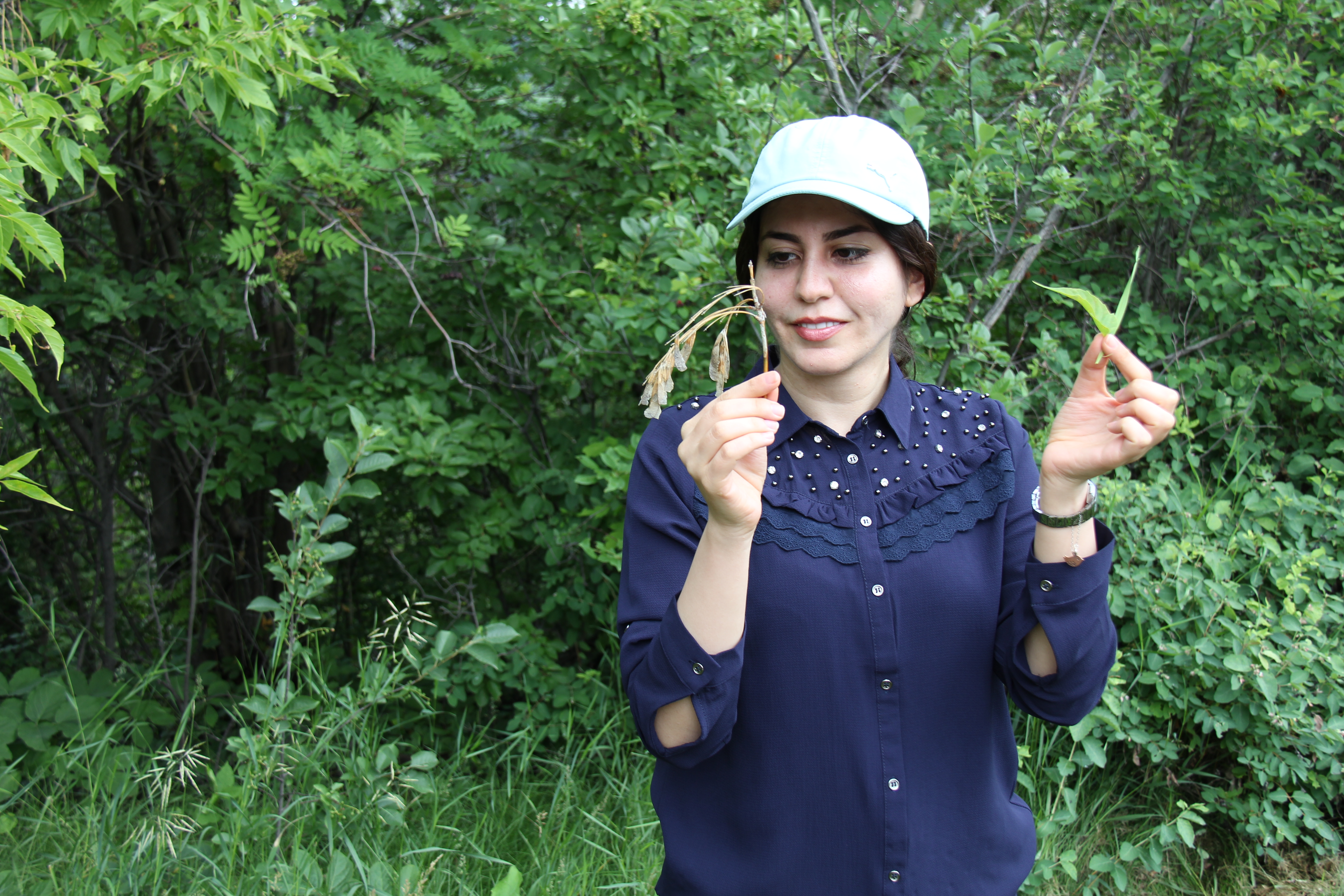
Engineering at Alberta PhD candidate Maryam Akbari's research demonstrates that plant waste can be used as a renewable source of clean energy to generate power with our existing infrastructure.
(Edmonton) While earning her PhD in mechanical engineering at the University of Alberta, Maryam Akbari is throwing everything she has at an incredible challenge: find a 100-per-cent renewable fuel source to reduce greenhouse gas emissions and replace the coal and natural gas that Alberta's power grid is running on.
She's well on her way. Akbari uses biocoal, a usable energy source produced from organic waste materials from the forestry, food, and agriculture sectors. It is a clean source of energy when burned and has the same energy output as the coal we currently fire in our power plants.
Akbari has calculated that the lifetime cycle greenhouse gas (GHG) emissions from production to burning is roughly eight per cent of GHG emissions from the lifetime cycle of regular coal.
Adapting to this new source of energy doesn't require new infrastructure. Alberta has pledged to phase out coal-fired electricity by 2030 and Akbari sees this as an opportunity to utilize existing infrastructure while working toward a cleaner and more sustainable future with no negative increases to consumers on energy prices.
An added value to Akbari's biocoal is that it's created from waste that might otherwise end up in landfills. Landfills are costly both in resources and in the space they take up. Further, organic waste landfilling causes methane emissions that have an impact on climate change 28 times greater than GHG emissions. It also creates leachates of toxic materials that can contaminate nearby surface and underground water sources.
Biocoal
Akbari converts biowaste into fuel through a process called torrefaction. Dry torrefaction is similar to the process used to dry roast coffee beans-it requires extra energy to remove water content. Instead, Akbari focuses on a novel process called wet torrefaction. She studied both forms to evaluate which is best for biowaste in terms of cost, energy and life cycle GHG emissions, and has found wet torrefaction to be the winner when using wetter forms of waste.
Her study is modelled around a full set of real-world justifications.
"For every biomass feedstock I have done comprehensive cost, energy, and greenhouse gas emissions analyses and the good thing is that the models I have developed, are applicable to various jurisdictions."
Some sources of biowaste show an advantage over others in terms of being cost competitive with traditional fuels. Grape pomace, straw, pine wood chips, yard waste, and manure are all on the list of competitive energy sources based on Akbari's cost analysis.
Her work isn't just a future source of energy, it is a fully modelled and cost-justified system that can be implemented at any time.
Life-long inspiration
Akbari is passionate about her research and her promising findings. The drive needed to build as much passion and creativity as she has today began during her childhood in rural Iran.
"I was always curious and concerned about the environment. I never left trash on the ground. I remember that I would keep it until I found a trash bin. It was a personal interest and concern."
And Engineering at Alberta has given her the tools and support to pursue her passion through her PhD studies.
The Canadian government is providing research funding and government positions to energy experts and is enabling future energy sources and energy infrastructures, allowing Akbari to help build the future.
"I'm always thankful to this country for giving me the unparalleled opportunities to see learn, grow, be a reason for a change, hopefully make a long-lasting impact, and above all hopefully be an strong influential and inspiring woman."